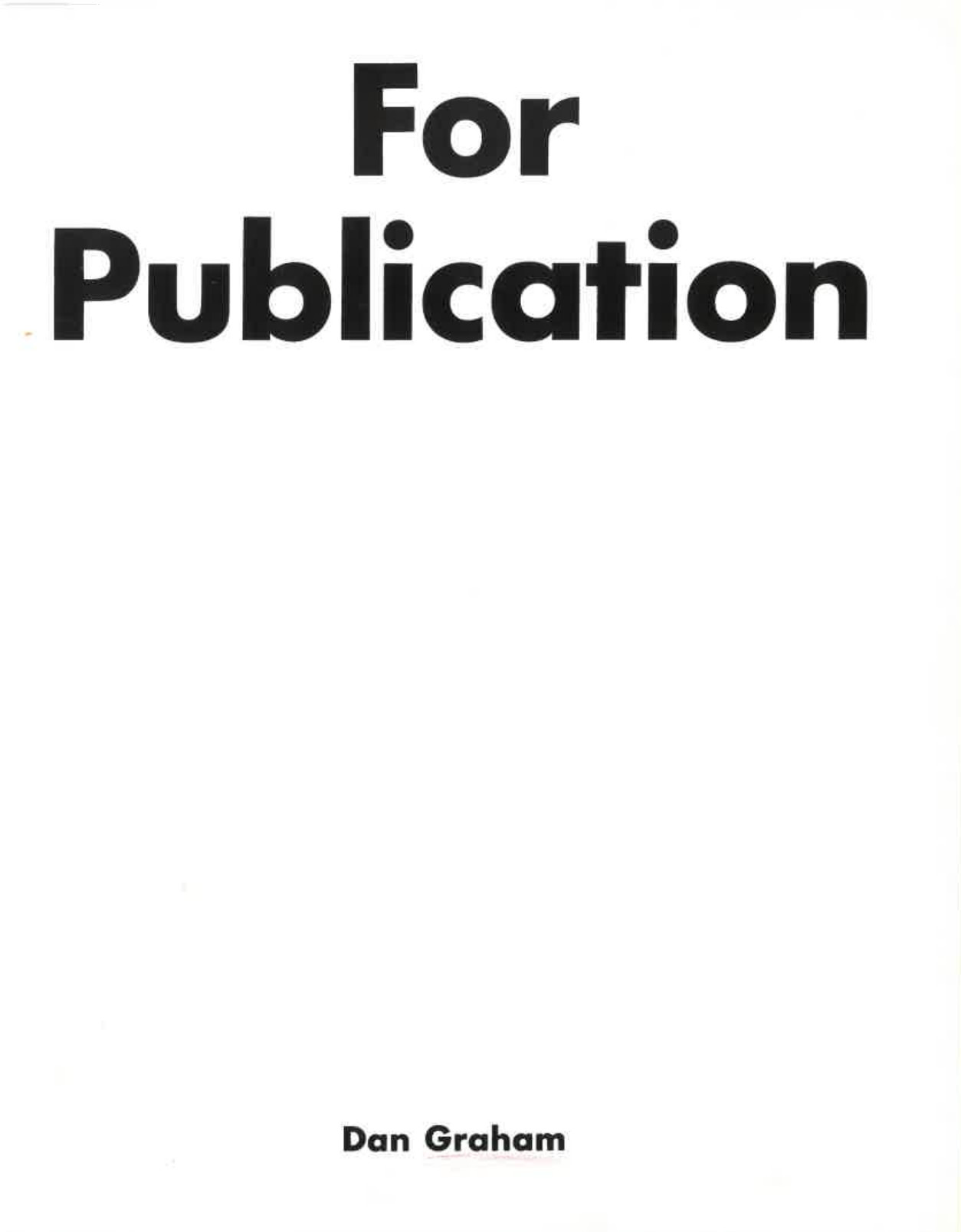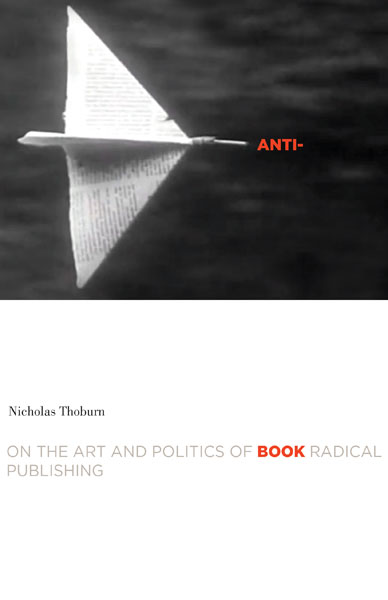Ravi Sundaram: Pirate Modernity: Delhi’s Media Urbanism (2009)
Filed under book | Tags: · city, delhi, globalisation, infrastructure, mass media, modernism, modernity, piracy, postcolonialism, urban planning, urban studies, urbanism

“Using Delhi’s contemporary history as a site for reflection, Pirate Modernity moves from a detailed discussion of the technocratic design of the city by US planners in the 1950s, to the massive expansions after 1977, culminating in the urban crisis of the 1990s.
As a practice, pirate modernity is an illicit form of urban globalization. Poorer urban populations increasingly inhabit non-legal spheres: unauthorized neighborhoods, squatter camps and bypass legal technological infrastructures (media, electricity). This pirate culture produces a significant enabling resource for subaltern populations unable to enter the legal city. Equally, this is an unstable world, bringing subaltern populations into the harsh glare of permanent technological visibility, and attacks by urban elites, courts and visceral media industries. The book examines contemporary Delhi from some of these sites: the unmaking of the citys modernist planning design, new technological urban networks that bypass states and corporations, and the tragic experience of the road accident terrifyingly enhanced by technological culture. Pirate Modernity moves between past and present, along with debates in Asia, Africa and Latin America on urbanism, media culture, and everyday life.
This pioneering book suggests cities have to be revisited afresh after proliferating media culture. Pirate Modernity boldly draws from urban and cultural theory to open a new agenda for a world after media urbanism.”
Publisher Routledge, Oxford & New York, 2009
Asia’s Transformations series
ISBN 9780415409667, 0415409667
xix+224 pages
HT Geraldine
Reviews: Diya Mehra (SAMAJ, 2011), Fei An Tjan (Masters of Media, 2010).
PDF (10 MB)
Comment (0)Dan Graham: For Publication (1975)
Filed under artist publishing | Tags: · conceptual art, mass media

“For Publication reproduces a series of Dan Graham’s projects carried out between 1965 and 1969 that both drew from and were made to be inserted into the mass media. His Schema deal with quantifying linguistic and stylistic information from magazine articles; Detumescence was one of many projects that Graham deployed in paid advertising space of various magazines, as was Dan Graham Inc. and Likes: A Computer-Astrological Dating-Placement Service. Income Piece and the proposal for Aspen Magazine are reproduced as is Homes For America, originally published in Arts Magazine from Dec 1966-Jan 1967. In a section on Information, Graham situates his data-organization practices in the context of Ramon Lull, Borges, Marshall McLuhan, Mallarmé and Roy Lichtenstein.”
Catalog of exhibition held at the Gallery of the Otis Art Institute of Los Angeles County.
Publisher Otis Art Institute of Los Angeles County, Los Angeles, 1975
[32] pages
via sarah
Nicholas Thoburn: Anti-Book: On the Art and Politics of Radical Publishing (2014–) [EN, SC]
Filed under book | Tags: · alternative media, artists book, literary criticism, magazine, mass media, politics, print, publishing

“No, Anti-Book is not a book about books. Not exactly. And yet it is a must for anyone interested in the future of the book. Presenting what he terms “a communism of textual matter,” Nicholas Thoburn explores the encounter between political thought and experimental writing and publishing, shifting the politics of text from an exclusive concern with content and meaning to the media forms and social relations by which text is produced and consumed. Taking a “post-digital” approach in considering a wide array of textual media forms, Thoburn invites us to challenge the commodity form of books—to stop imagining books as transcendent intellectual, moral, and aesthetic goods unsullied by commerce. His critique is, instead, one immersed in the many materialities of text.
Anti-Book engages with an array of writing and publishing projects, including Antonin Artaud’s paper gris-gris, Valerie Solanas’s SCUM Manifesto, Guy Debord’s sandpaper-bound Mémoires, the collective novelist Wu Ming, and the digital/print hybrid of Mute magazine. Empirically grounded, it is also a major achievement in expressing a political philosophy of writing and publishing, where the materiality of text is interlaced with conceptual production. Each chapter investigates a different form of textual media in concert with a particular concept: the small-press pamphlet as “communist object,” the magazine as “diagrammatic publishing,” political books in the modes of “root” and “rhizome,” the “multiple single” of anonymous authorship, and myth as “unidentified narrative object.””
Publisher University of Minnesota Press, 2016
Cultural Critique Books series
ISBN 9780816621965, 0816621969
xvi+372 pages
Interview with author: Ron Hanson (White Fungus, 2020).
Reviews: Filipe Carreira da Silva (Contemporary Political Theory, 2017), Anthony Iles (Mute, 2018), Samuel A. Moore (Cultural Studies, 2018), Ola Ståhl (Parallax, 2018), Nick Thurston (Comparative Critical Studies, 2019), Martin Paul Eve (American Literature, 2019), Terrine M. Friday (Canadian Journal of Communication, 2019), Simone Murray (Left History, 2019).
Publisher (EN)
Publisher (SC)
WorldCat (EN)
Anti-knjiga: Materijalni tekst i političko izdavaštvo (Serbo-Croatian, 2014, 1 MB, added on 2017-5-2)
Anti-Book: On the Art and Politics of Radical Publishing (English, 2016, HTML; PDF, updated on 2019-7-2)

